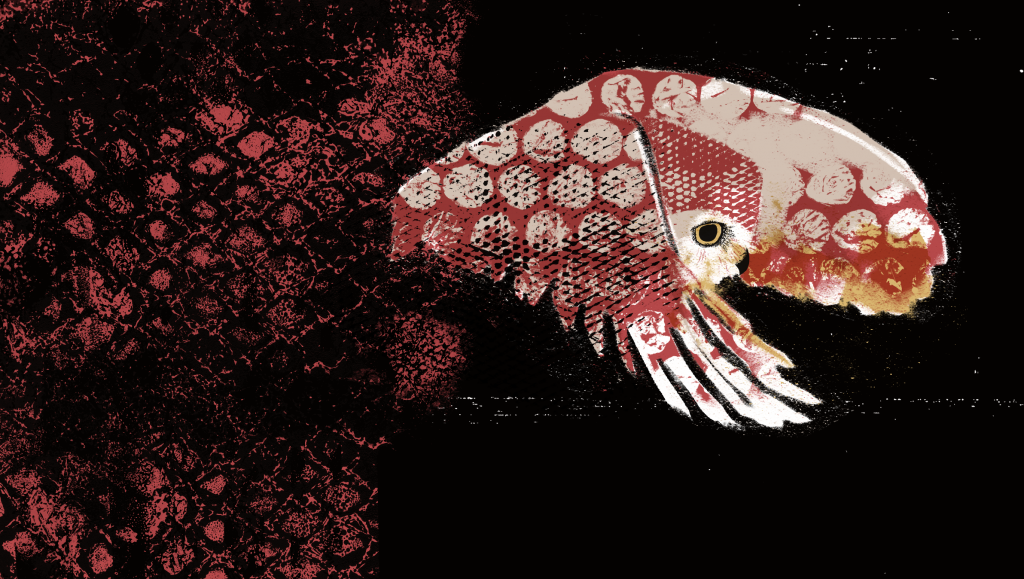Bookstands | Pavithra Sankaran
Edited By Mahesh Rangarajan and K. Sivaramakrishnan
Permanent Black, New Delhi, Delhi, IN, 2012.pp.464 & pp.614, 1850.00
While the essays span an admirable breadth across time, space, methodologies, theories and issues, understanding history only as a series of such individual accounts of events is to limit its function as well as our own understanding: a classic failure that nearly all school textbooks of history suffer from. History, as we encounter it in the education system, is often no more than a documentation of what went before, a simple compendium of occurrences, offering little besides the appeal of a story.
But history as process as rather than episode, as a continuous narrative of many and varied threads weaving together to create the present, carries far more: it surprises, reveals and teaches. This approach that IEH takes: examining not a series of events, but the gamut of processes that shaped (and continue to influence) the environment of the subcontinent through the centuries. Such an approach makes it possible, even for the uninitiated reader, to follow threads that whet their interest and explore further.
More importantly, it provides a variety of frameworks through which to examine and understand environmental conundrums of the present, not as sui generis, as they often seem, but as near-inevitable inheritances from the past. But how is the new reader, say a student of science rather than the arts, to identify these threads and frameworks? Editors Rangarajan and Sivaramakrishnan make that process both easy and greatly interesting in their superb introductions to both volumes. Although the proper office of an Introduction is to put the book into context for readers of all backgrounds and persuasions, rarely do they carry out this duty. Often, they further gate the book and cause trepidatious beginners to flee. The two introductions in IEH, however, triumph in this tricky task.
They provide a fantastic overview of materials from which history can be reconstructed—the use of oral, literary, archeological and more recently, ecological evidence—while directing the reader to be aware of the voices of each of these privileges. They guide the reader through the evolutions of debates and arguments that have accompanied tellings of the past and flag problems with the tools of these presentations. In sum, the introductions in IEH are what make the parts whole and illumine how and why we find ourselves at these coordinates at this time.
Pavithra Sankaran works with Education & Public Engagement team at Nature Conservation Foundation. pavithra@conservation.in
donate
Conservation is for everyone, and we help you understand it.
Donate




